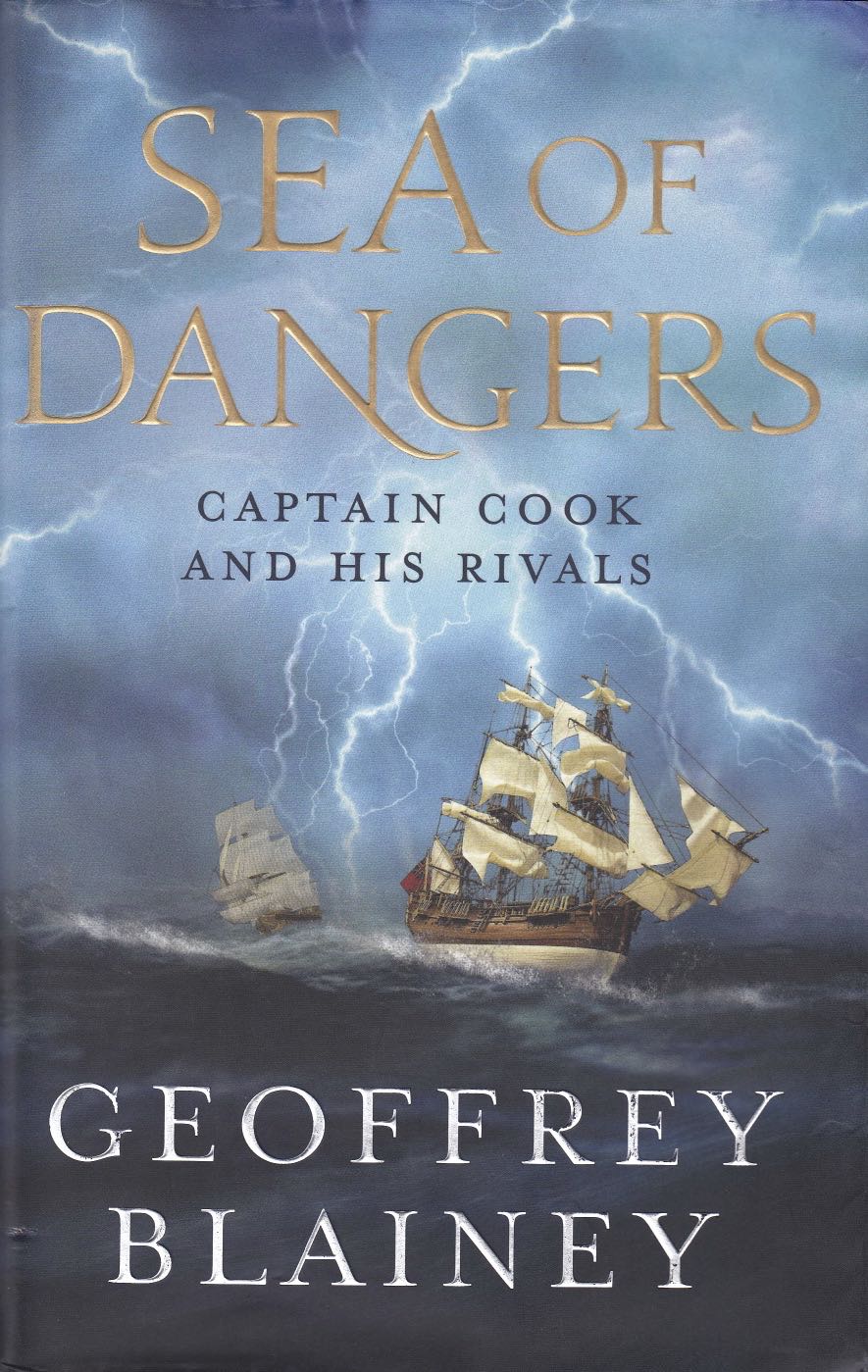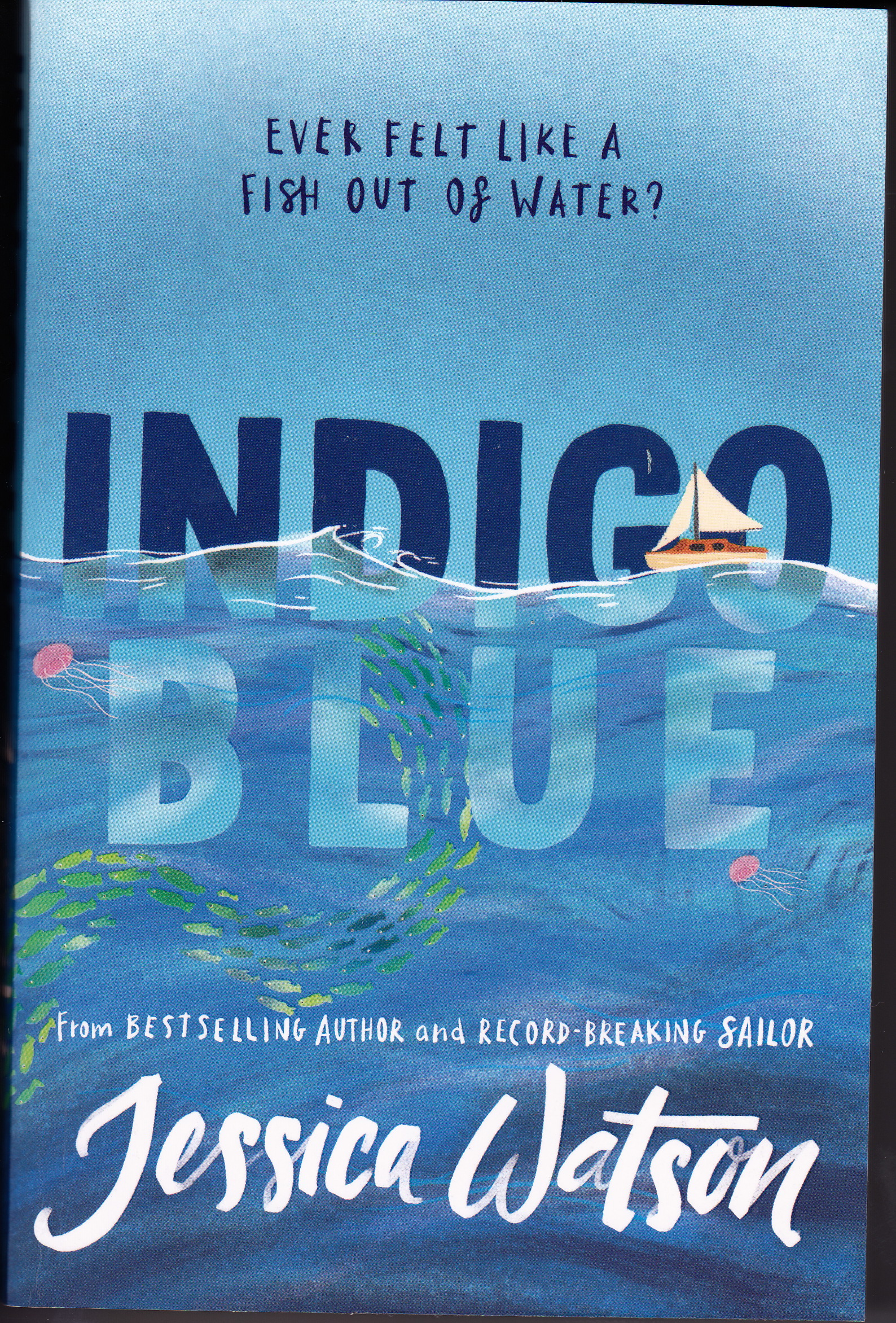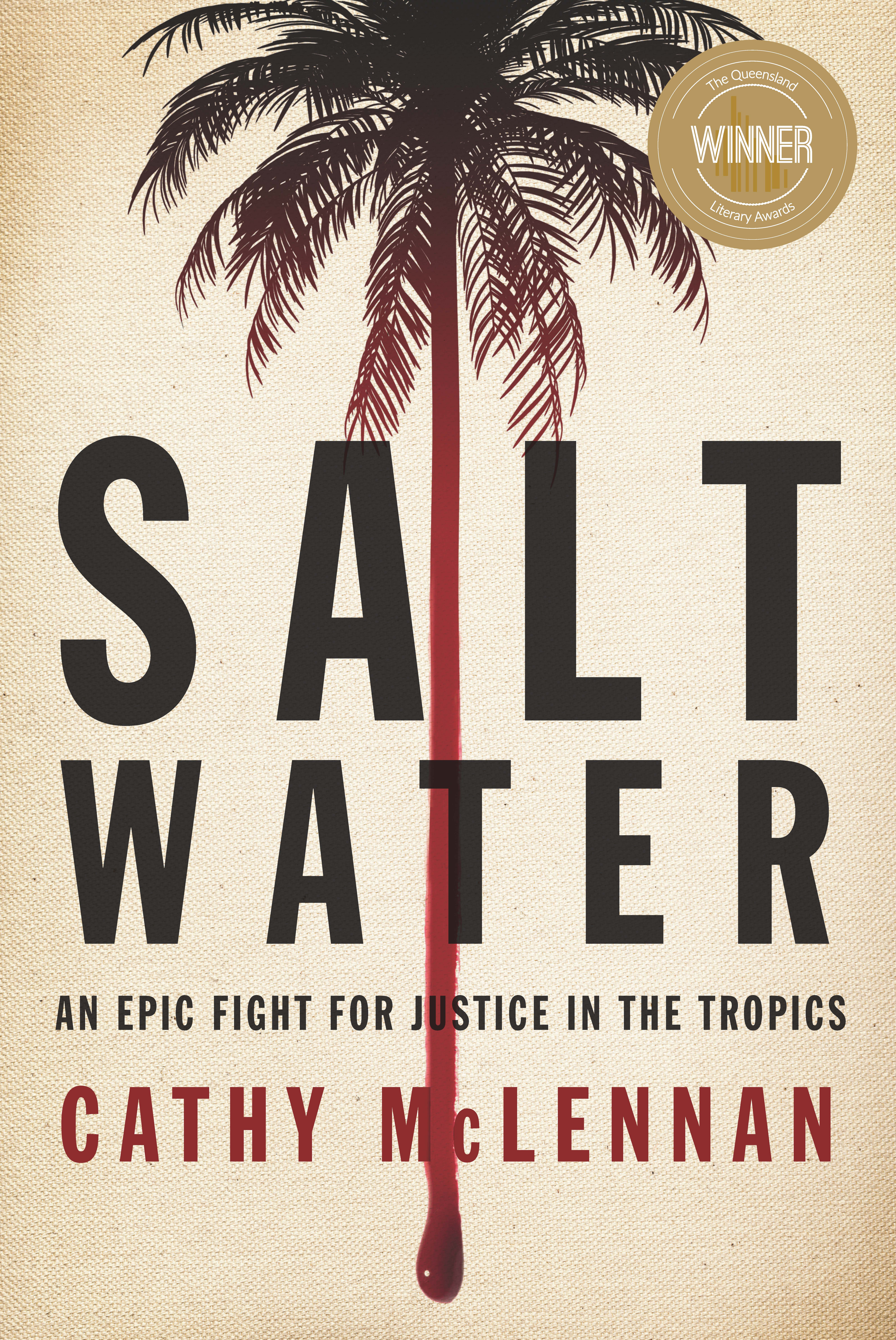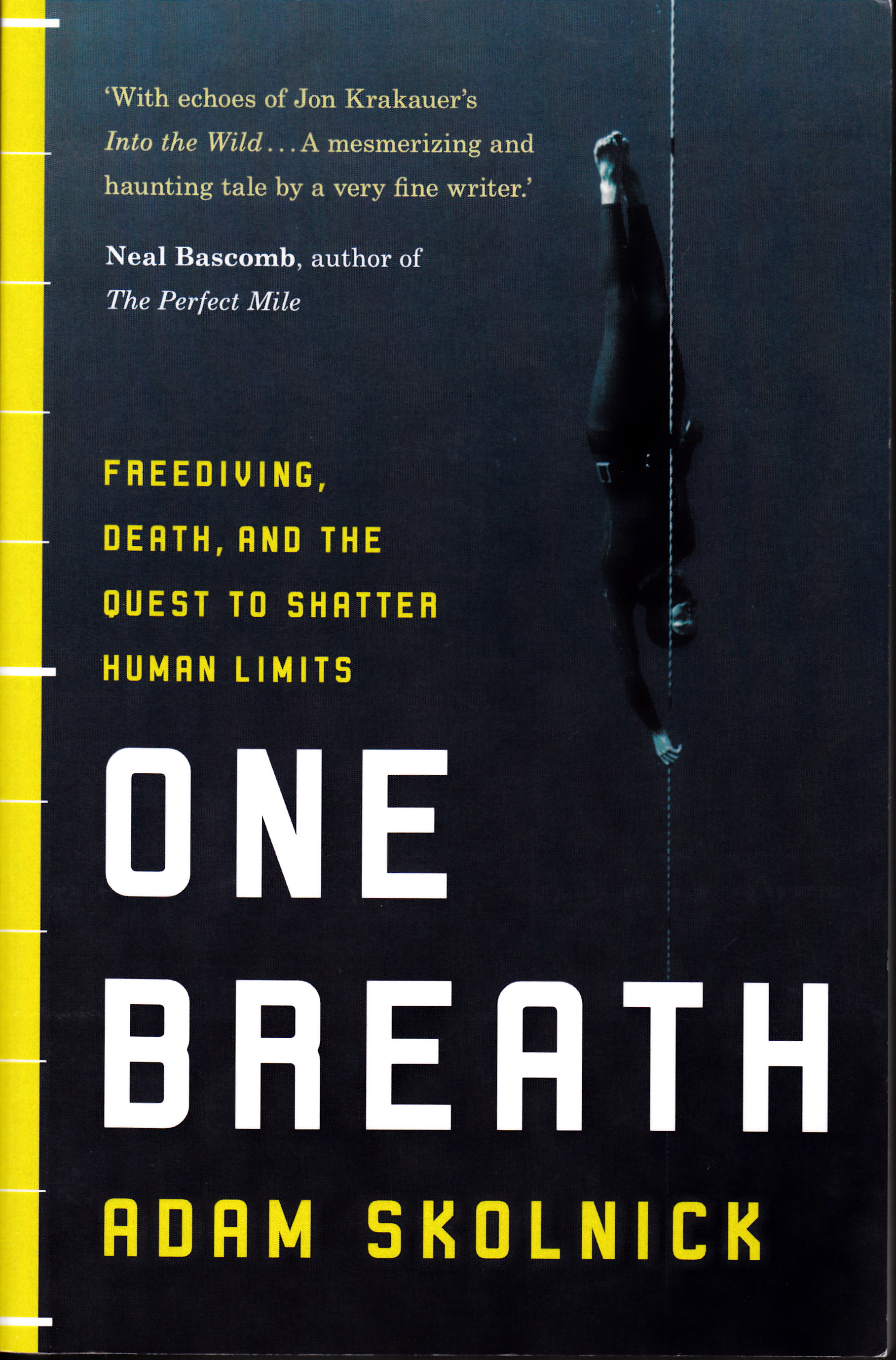Blainey takes stock of Cook's east coast voyage
Several elements of Geoffrey Blainey’s new book are tugged about as though worried by mischievous gusts of wind. Three propositions are canvassed: the extraordinary coincidence that placed James Cook’s Endeavour, during his first voyage of 1769-1770, close to the Frenchman Jean-Francois-Marie de Surville’s St Jean-Baptiste off the northern coast of New Zealand; Cook’s rivals; and to whom we should pay the compliment of discoverer. This does not always make for smooth sailing, indeed, the book ends with all the sail-flapping flurry of a last-minute tack but, as on any voyage of discovery, there are long passages when stock can be taken, some good yarns told and theories tested. Both Cook and de Surville had instructions to search for the fabled continent Terra Australis Incognita. Cook was to search the Pacific, sailing south of Tahiti where he had been sent to observe the Transit of Venus. De Surville, like Cook, was a veteran of naval life and they had fought on opposing sides in the war between France and England. He was a part-owner of the St Jean-Baptiste and a shareholder, with French colonial officials and merchants, in his voyage. He set out from Pondicherry in India with goods to trade en route.The dramatic cover design shows two ships against a backdrop of lightning but the drama of this is false. As Blainey’s narrative tell us, the seamen of the Endeavour and the St Jean-Baptiste never actually came within sight of each other though they passed within 50 sea miles in the stormy Tasman Sea. De Surville probably never knew. Cook found out years later, in 1775, when on his way home after his second voyage, he dined in Cape Town with the French navigator Julien-Marie Crozet who showed him a chart on which Cook’s Endeavour voyage and the voyage of de Surville were marked. Arguably Australia’s best-known historian, Blainey has published prodigiously - 36 books including The Tyranny of Distance, Black Kettle and Full Moon, A Short History of the 20th Century and A Short History of the World. Sea of Dangers has the marks of Blainey’s other histories – accessibility and a few controversial twists. The book’s cargo is made up of accounts of the voyages, and these are mostly well synthesised from the journals kept by Cook, the naturalist Joseph Banks who travelled with him, those of Jean de Surville and his deputy Guillaume Labe, and secondary sources to whom Blainey pays tribute – predominantly the scholars and authors J.C. Beaglehole and John Dunmore. Blainey also quotes from the journal of Lieutenant Jean Pottier de l’Horme, third in command on de Surville’s boat, which he says has never been translated or published. (However, Le Dramatique Tour Du Monde Du Chevalier De Surville, 1767-1773 by de l’Horme was published by Service Historique de la Marine in 2004.)
Though de Surville wanted to find the “missing” continent, he was not particularly interested in Australia, Blainey writes. He carried Charles de Brosses’ Histoire des Navigation aux Terres Australes, and the impressions of the Dutch who had visited Australian shores painted it a hazardous, barren place. De Surville was also familiar with William Dampier’s descriptions of Western Australia. In Sea of Dangers Blainey writes that de Surville passed the eastern coast of Australia from somewhere around present day Terrigal or Gosford going south to the latitude of Botany Bay and then sailed east to New Zealand. Near the northern tip of New Zealand Cook and de Surville were within a few hours sailing of each other. As tantalising as the possibilities of their almost-encounter might be, the documented stories of the two expeditions’ exploration of the New Zealand coast provide much that is just as fascinating. Months later de Surville had gone east and Cook headed for his groundbreaking exploration of the east coast of Australia and his fateful collision with coral at the Great Barrier Reef. Blainey makes a rather odd claim in relation to the wedging of the Endeavour on the reef. Was Cook slightly moonstruck? he asks. I assume that he means by this something more akin to being in thrall or struck by hubris rather than the mentally deranged that the Oxford Dictionary offers. Blainey writes that it was the third time Cook had courted trouble through sailing at night under a bright moon. This probably is unfair to Cook, given the close shaves that beset even the most careful of sailors and Blainey does not mention the hundreds of other nights that Cook would have sailed by moonlight with no dire consequence.
Blainey’s telling of the two voyages makes evident that mariners and explorers of different nations had more in common in motivation, in methodology and in adventurous spirit than divisions forced upon them by politics or war or nation-building though Blainey reiterates the view of these explorers as rivals. In a somewhat rambling final chapter, he wades in to the continuing debate over the primacy of different voyages of discovery. Perhaps it would be more useful at this juncture to simply exchange words and log in exploration in place of discovery. This review first appeared in The Sydney Morning Herald 11-12 October 2008. © Jennifer Moran 2008

… there is nothing - absolutely nothing - half so much worth doing as simply messing about in boats.
- Ratty to Mole in The Wind in the Willows by Kenneth Grahame




